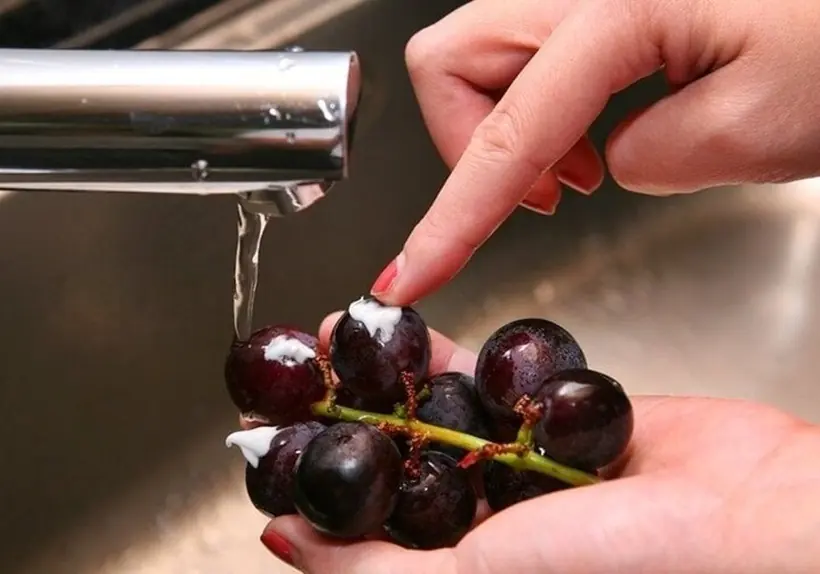
You are doing it all wrong. Here's the right way to load your dishwasher
The dishwasher is without a doubt one of the most beloved and time-saving appliances in modern homes. It takes over one of the most repetitive household chores and gives us back precious time. Yet, despite being present in millions of kitchens, many people still find themselves frustrated with less-than-perfect results — cloudy glasses, spotted plates, or greasy utensils. Surprisingly, the problem often isn’t the machine itself but how it’s being loaded.
Loading a dishwasher may look simple, but there’s a clear difference between tossing dishes in and arranging them strategically. Doing it correctly ensures not only spotless results but also extends the life of both your kitchenware and your appliance.
This guide breaks down the process step by step — from the fundamentals of dishwasher design to the finer details of where to place every type of dish. By the end, you’ll know exactly how to load your dishwasher efficiently and get gleaming, hygienic dishes every single time.
1. Understanding the Basics: Why Proper Loading Makes All the Difference
Proper dishwasher loading matters more than most people realize. When done right, it allows water and detergent to reach every surface, effectively removing food residues and grease. Incorrect loading, on the other hand, can block spray arms, limit water flow, and leave dishes partially dirty. Worse yet, poorly placed items can collide during the wash cycle, causing scratches, chips, or even cracks.
Dishwashers are designed with a specific configuration to optimize cleaning — spray arms, jets, and racks all play a role in directing water to every corner. Aligning your dishes with this built-in design ensures maximum coverage. Generally speaking, plates, bowls, and heavier cookware go on the bottom rack, while delicate items like glasses, mugs, and small bowls belong on the top rack, where water pressure is gentler.
Taking a moment to understand your dishwasher’s unique layout can dramatically improve performance and reduce the need for re-washing.
2. Utensils: Never All Up — Mix Them Up and Down
When it comes to utensils, variety is key. If you load all spoons or forks facing the same direction, they tend to nest together, blocking water and detergent from reaching every surface. The fix? Alternate them — some facing up, others down — to ensure thorough cleaning from every angle.
It also helps to separate different types of utensils within the basket: group forks, knives, and spoons into their own sections if your dishwasher allows. This makes unloading faster and safer. For safety reasons, always place sharp knives with handles facing upward to avoid accidental cuts.
If your dishwasher has a flat utensil tray at the top, spread out each item so they don’t touch. This arrangement improves drying and prevents scratches or spots.
3. Plates: Never Packed Tight — Always Leave Space
Plates belong on the bottom rack, but spacing is everything. Each plate should sit securely in its slot with a few millimeters of space between them. Crowding prevents water and detergent from circulating freely, leaving spots or stuck-on food behind.
Follow the natural tilt of your dishwasher’s plate slots — this angle allows water to hit both sides of the plate efficiently. Keep large dinner plates along the sides or back of the rack so they don’t block spray arms or the detergent dispenser.
As a bonus tip, avoid overfilling the rack with oversized serving plates or cutting boards. These can block the wash arm entirely, forcing you to rewash the load.
4. Cups and Glasses: Always on the Top Rack
Cups, glasses, and mugs are best placed on the top rack, away from the high heat and strong water jets below. The top rack offers gentler water pressure, reducing the risk of chips, cracks, and etching on delicate glassware.
Angle cups slightly downward to help water drain off completely during drying. Don’t rest them directly over the tines — this can trap water or cause tipping. If you’re washing wine glasses or tall mugs, check for foldable tines that let you customize the rack space for extra stability.
Leaving a small gap between glasses prevents them from clinking together, which can cause breakage or micro-scratches that dull their shine over time.
5. The Pre-Rinsing Myth: Scrape, Don’t Rinse
Pre-rinsing is one of the most common dishwasher misconceptions. In fact, modern dishwashers and detergents are designed to handle food residues — pre-rinsing can actually make your detergent less effective.
Instead, simply scrape off large food scraps or bones into the trash or garbage disposal. Leaving some residue helps activate the cleaning enzymes in your detergent, which need organic material to work effectively.
Over-rinsing wastes water and energy and can lead to cloudy glassware, since the detergent has nothing to bind to. So save yourself the effort — scrape, load, and let your dishwasher do what it’s built for.
6. Bowls: Angle for Best Results
Bowls can go on either rack, depending on size. Smaller cereal or dessert bowls fit well on the top rack, while larger mixing or serving bowls belong on the bottom. The key is to angle them slightly downward and toward the center, allowing water jets to reach both the inside and outside surfaces.
Avoid nesting bowls together — even a small overlap can block water flow. If your dishwasher has adjustable tines, use them to keep bowls stable and spaced apart.
For the cleanest results, alternate the direction of each bowl (one facing left, one right). This simple trick maximizes spray coverage.
7. Pots and Pans: Handling the Heavyweights
Heavy cookware needs extra care. Pots, pans, and baking trays should always go on the bottom rack, where water pressure and temperature are highest. Position them face down and at an angle so water can reach every surface.
Never stack pans or nest them together — doing so traps water and prevents detergent from reaching the interior. For large items like casserole dishes or roasting pans, place them along the sides to leave room in the center for smaller dishes.
If your cookware has stubborn grease or burnt-on food, run a heavy-duty or soak cycle. Just make sure the material — especially nonstick coatings or aluminum — is labeled dishwasher safe.
8. Detergent Placement: Timing Is Everything
Detergent placement may seem minor, but it’s critical. Always use the designated detergent dispenser rather than sprinkling powder or pods directly on dishes. The dispenser releases detergent at the right moment during the wash cycle, ensuring optimal cleaning.
Make sure no large items block the detergent door — if it can’t open fully, detergent won’t dispense properly. Use only the recommended amount (usually about one tablespoon or 20–30 grams). Using too much can leave a soapy film; too little can lead to poor results.
If you live in an area with hard water, consider using a rinse aid to prevent mineral deposits and improve drying performance.
9. Don’t Overload: When Less Really Is More
Cramming every dish into a single load may seem efficient, but it usually backfires. An overloaded dishwasher can’t circulate water properly, leading to dull or dirty results. Overcrowding also increases wear and tear on racks and spray arms.
Leave enough space between items for water and air to move freely. If needed, run two smaller loads instead of one packed load — you’ll actually use less water and energy in the long run because you won’t have to rewash anything.
Think of your dishwasher as a precision cleaning tool, not a storage bin. A little restraint goes a long way.
10. Modern Dishwasher Technology: Get to Know Your Machine
Today’s dishwashers are far more advanced than those of a decade ago. Many models include smart sensors, customized wash cycles, and adjustable racks that detect soil levels and adjust temperature, pressure, and cycle length automatically.
Take a few minutes to read your user manual or explore your dishwasher’s settings. Some machines have dedicated cycles for delicate glassware, baby bottles, or heavily soiled pots — using the correct setting can improve results while saving water and energy.
Learning how to make the most of these features transforms your dishwasher from a basic appliance into a smart, efficient cleaning partner.
11. The Final Check: Dishwasher-Safe or Not?
Before loading, always verify whether your items are dishwasher safe. Some materials — such as cast iron, fine china, wood, copper, and certain plastics — can warp, discolor, or corrode in the dishwasher’s high heat and detergent.
Check the manufacturer’s label or instructions. When uncertain, it’s best to handwash delicate or specialty items. This small step can prevent damage and save you from replacing valuable cookware later.
Keeping a mental list of “handwash-only” items makes loading faster and safer every time.
Final Thoughts
A well-loaded dishwasher doesn’t just save time — it saves water, energy, and effort while protecting your favorite kitchen items. With a few mindful adjustments and an understanding of how your appliance works, you’ll get consistently sparkling results with every cycle.
So next time you load up after dinner, take an extra minute to position things properly — your dishes (and your dishwasher) will thank you.
News in the same category

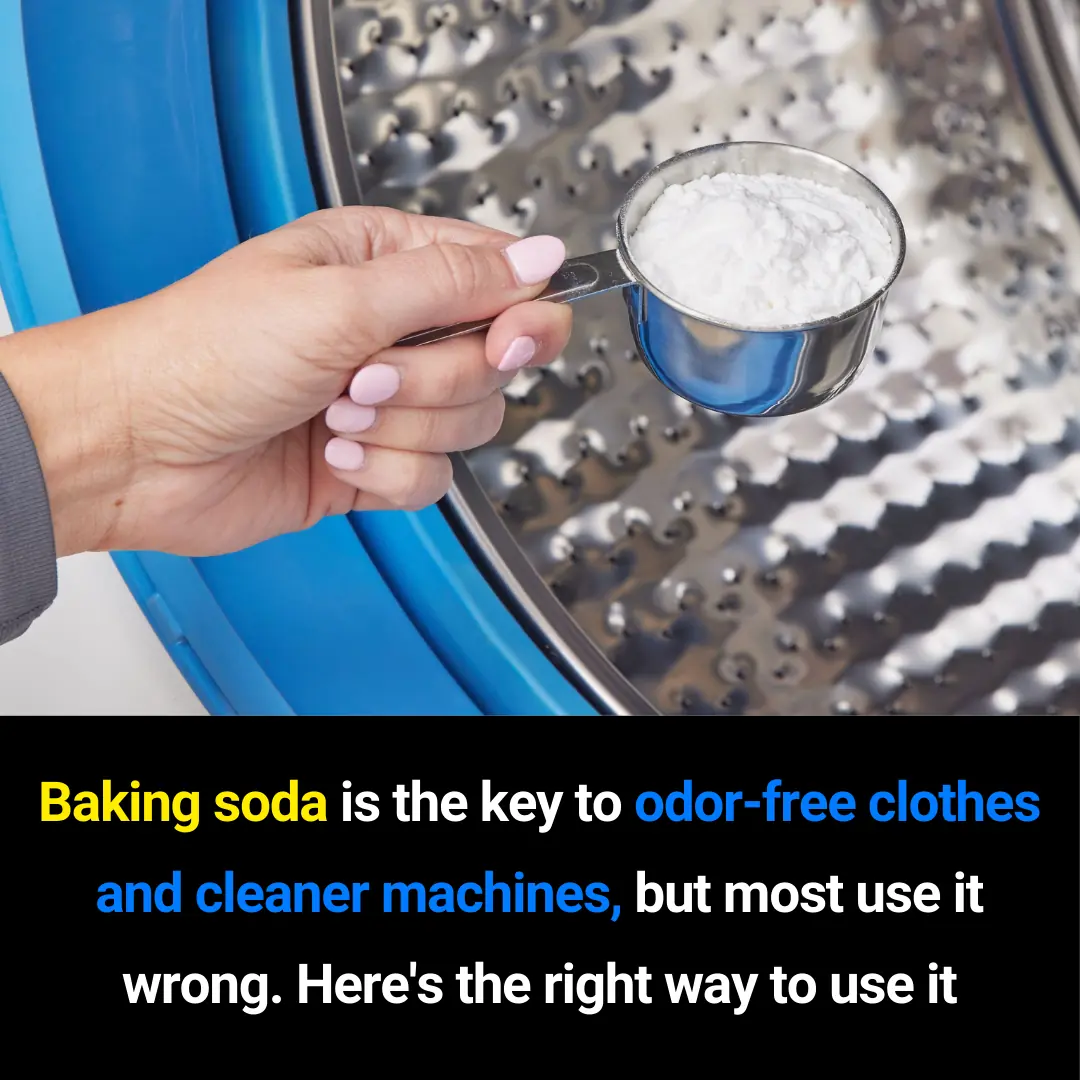
How to Use Baking Soda Correctly in Laundry – Simple Tips for Odor Removal, Cleaning, and Machine Care

Tips for boiling potatoes without sugar but still sweet, many people do not know
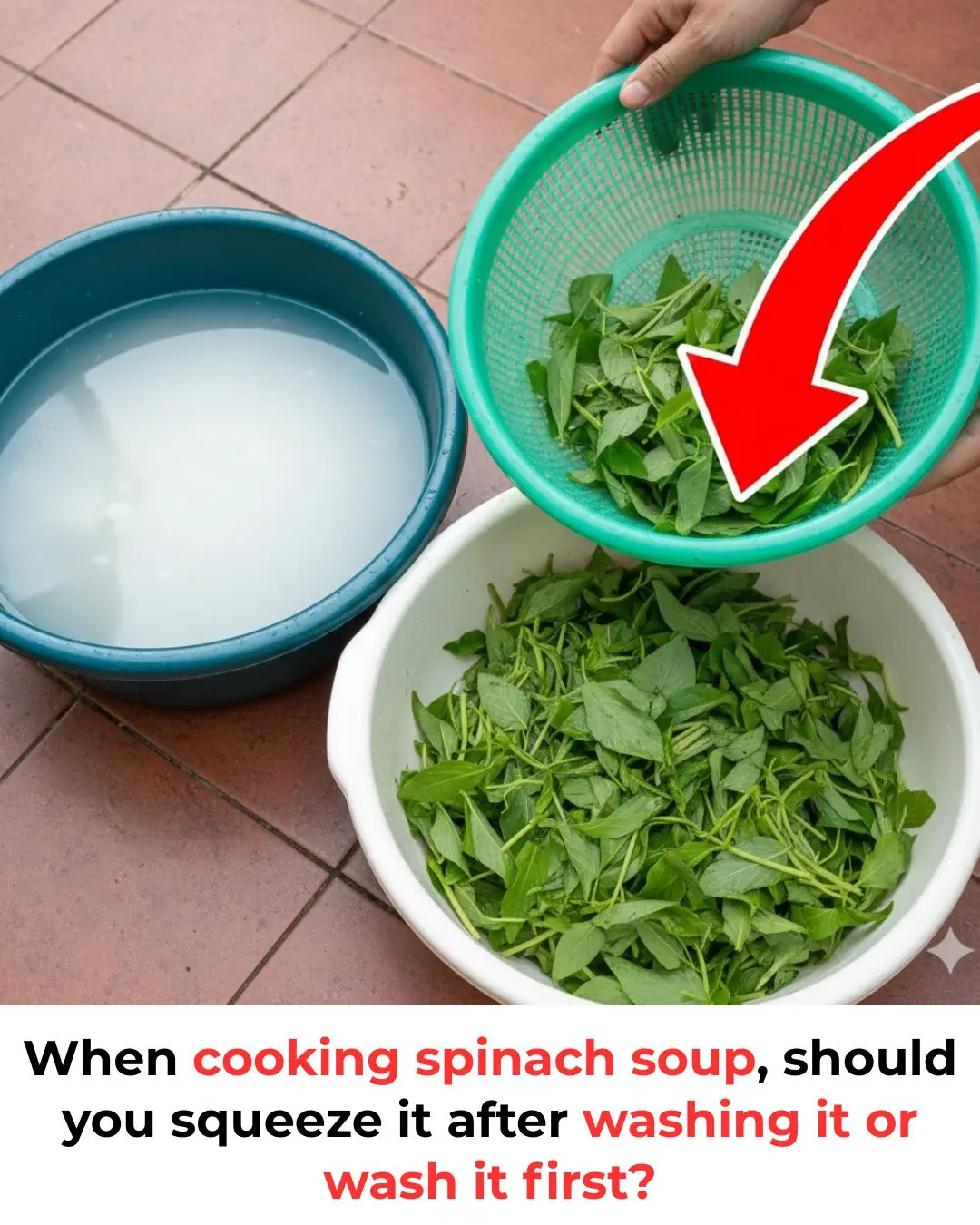
When cooking spinach soup, should you squeeze it after washing it or wash it first?

Boiling chicken with boiling water or cold water: Seems simple but 9 out of 10 households do it wrong, causing the chicken skin to crack.

3 tips to make green, non-mushy, moist pork rolls
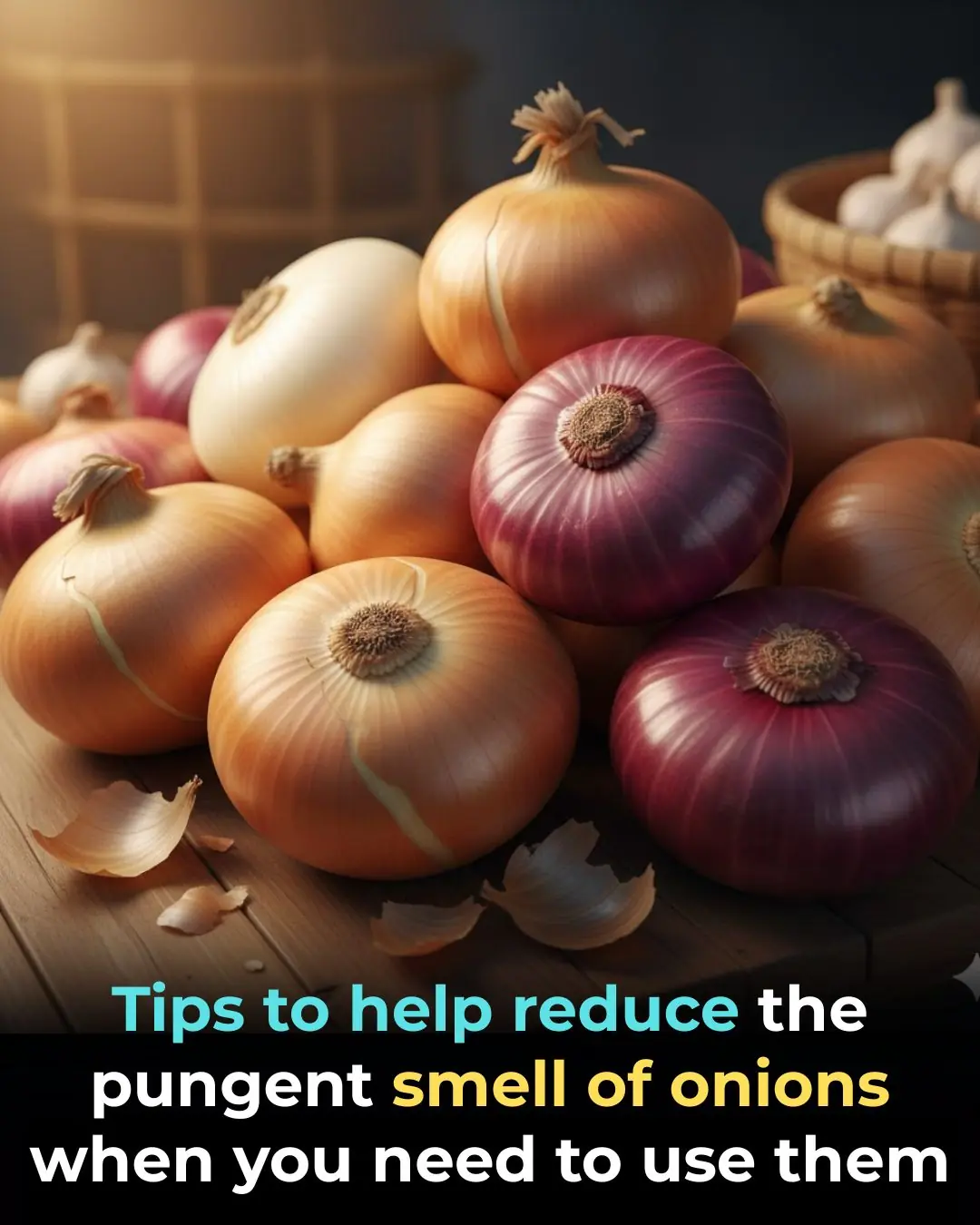
Tips to help reduce the pungent smell of onions when you need to use them

When stewing beef, remember to add this, the meat will soften quickly when cooked.

Tips for growing carrots in foam boxes for high yield
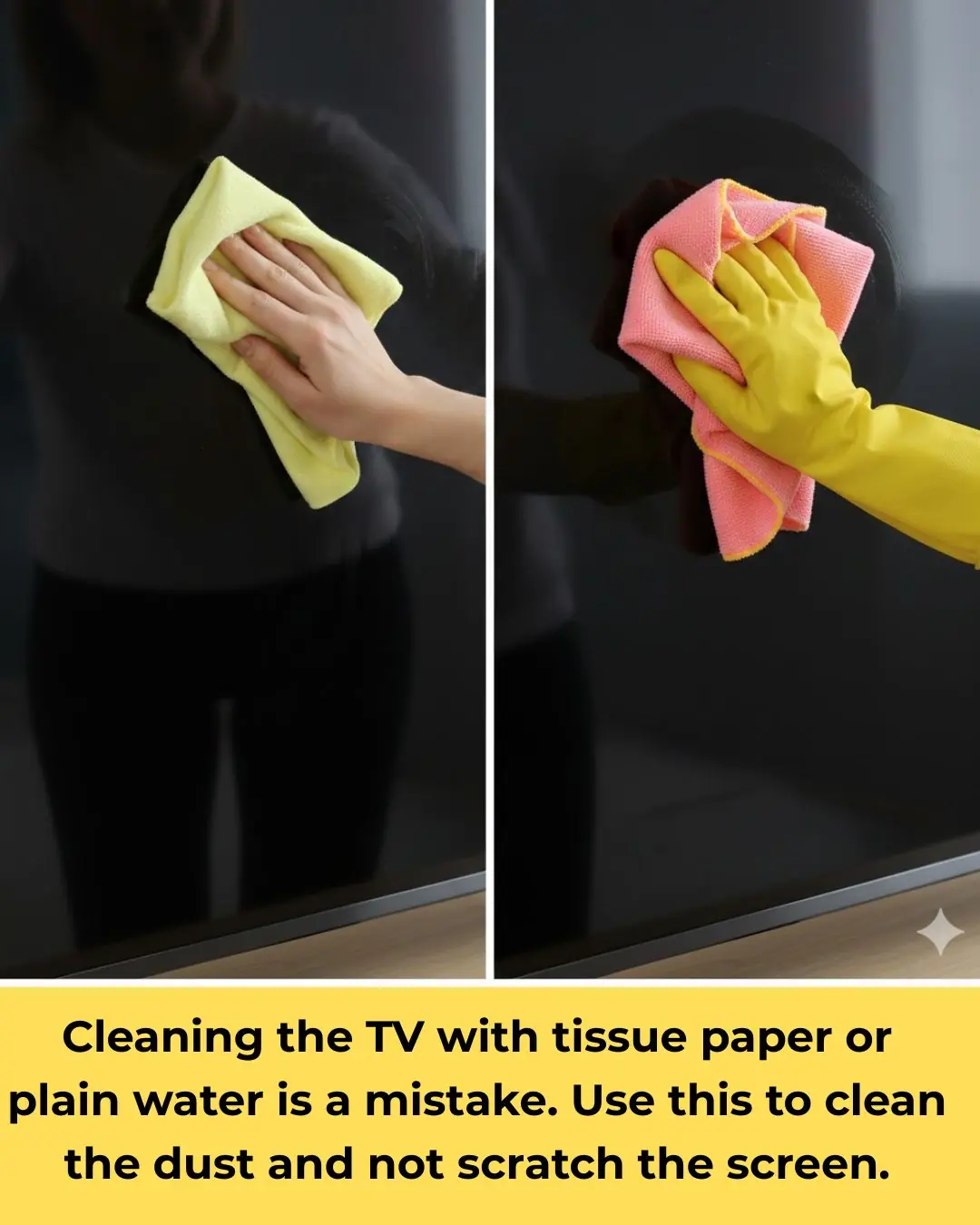
Cleaning the TV with tissue paper or plain water is a mistake. Use this to clean the dust and not scratch the screen.

A 4-Minute, Zero-Effort Hack to Clean Grill Gunk – The Simple Trick My Nana Taught Me

The Under-Bed Test: A Quick Trick to Ensure Your Hotel Room Is Safe and Clean

Boost Your Wi-Fi Speed with This Simple Aluminum Foil Trick

If your beef turns out tough, don’t marinate it with salt. Use this ingredient instead to make it tender and richly flavored

Secret to quickly tenderizing beef, making any dish delicious
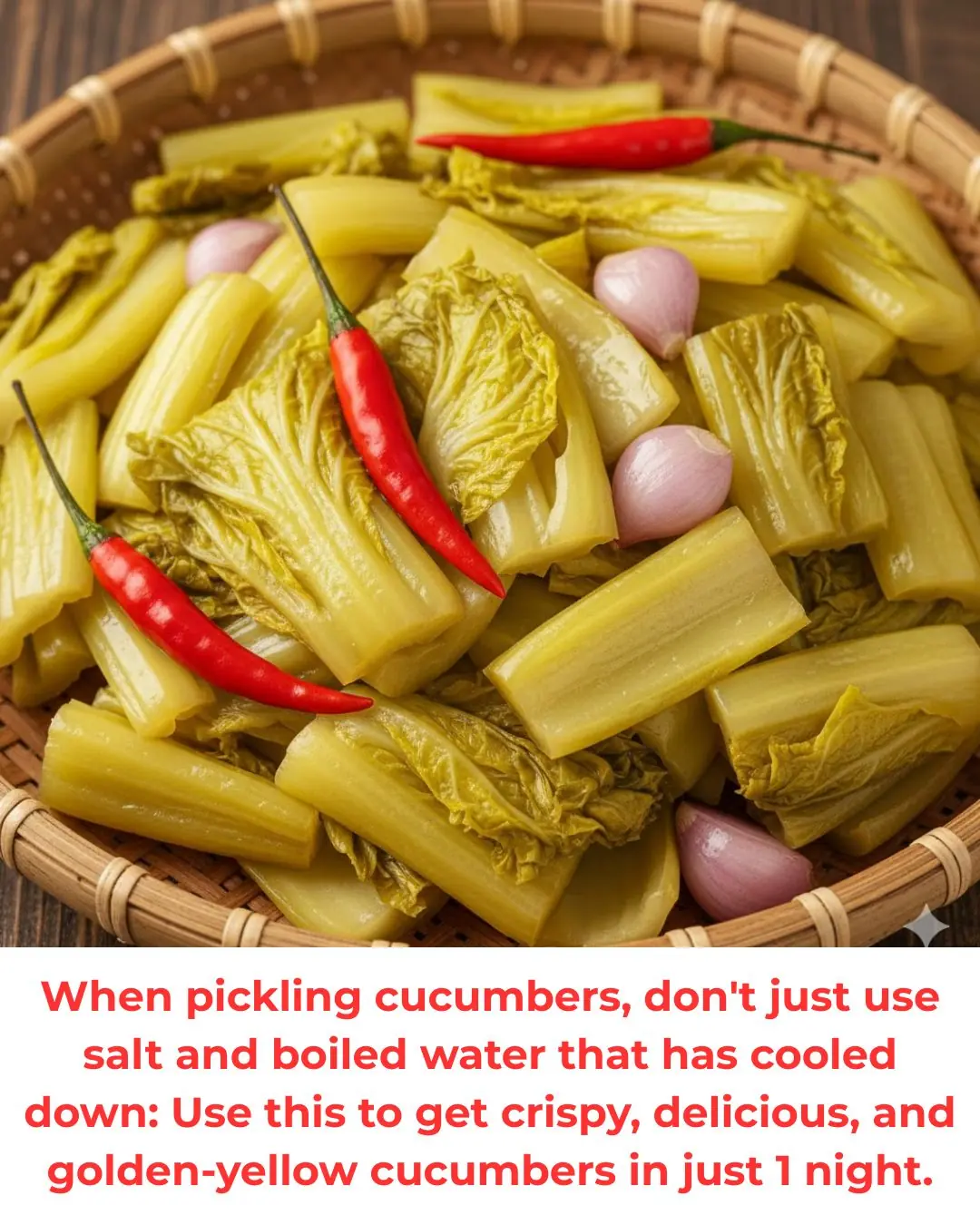
When pickling cucumbers, don't just use salt and boiled water that has cooled down: Use this to get crispy, delicious, and golden-yellow cucumbers in just 1 night.
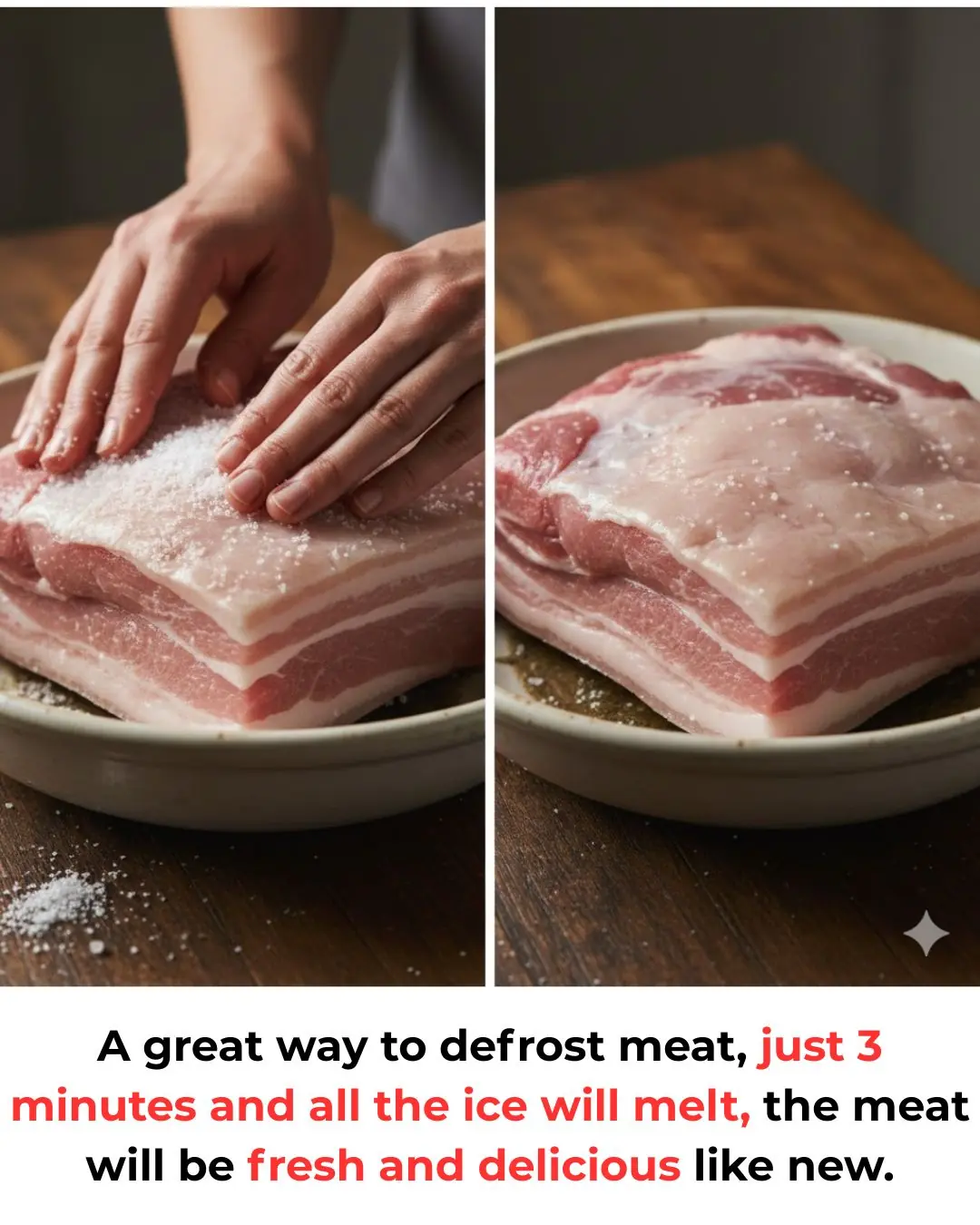
A great way to defrost meat, just 3 minutes and all the ice will melt, the meat will be fresh and delicious like new.
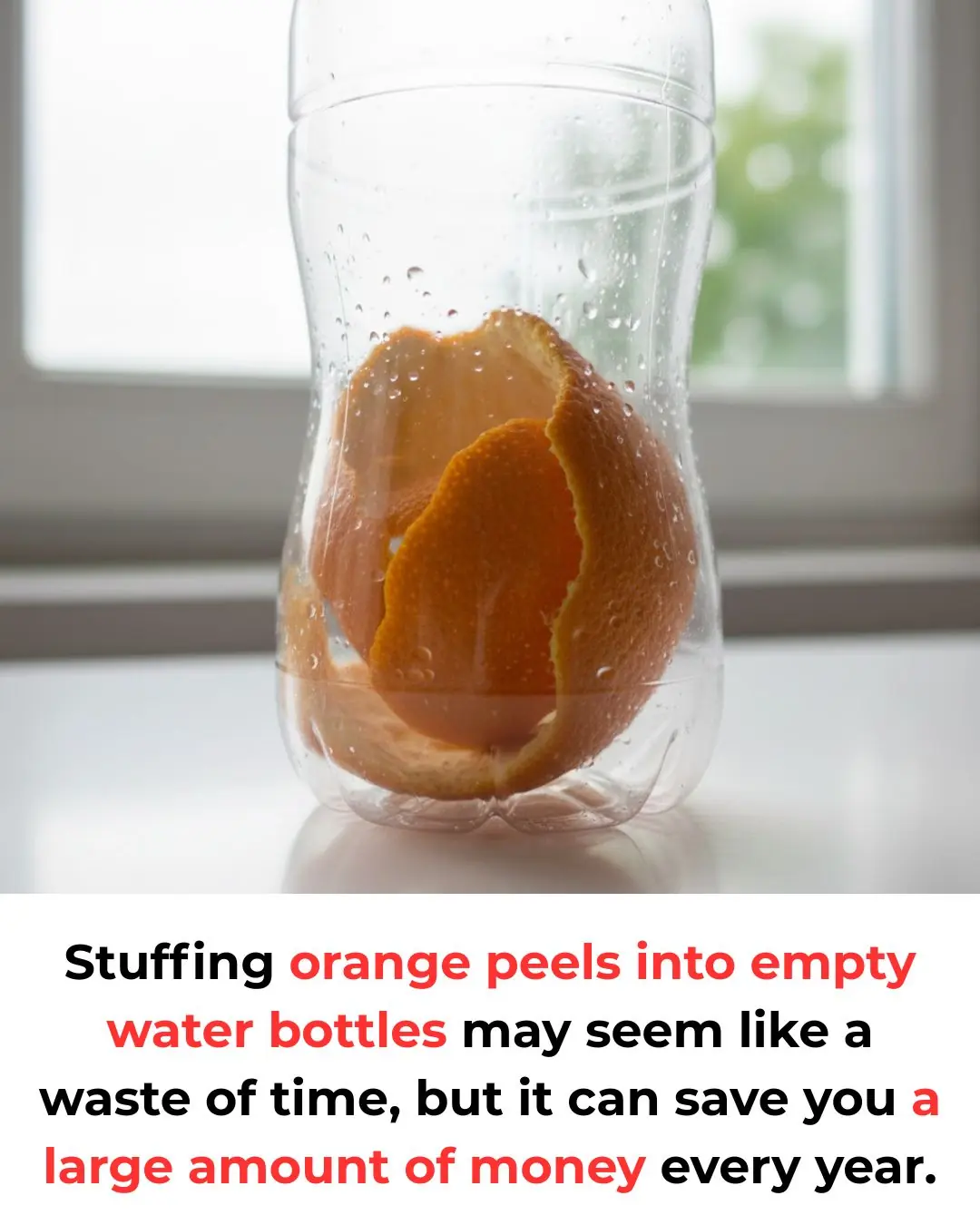
Stuffing orange peels into empty water bottles may seem like a waste of time, but it can save you a large amount of money every year.

When boiling duck, don't add ginger and cold water: Add this and the meat will lose all its stench, and you won't get tired of eating it.
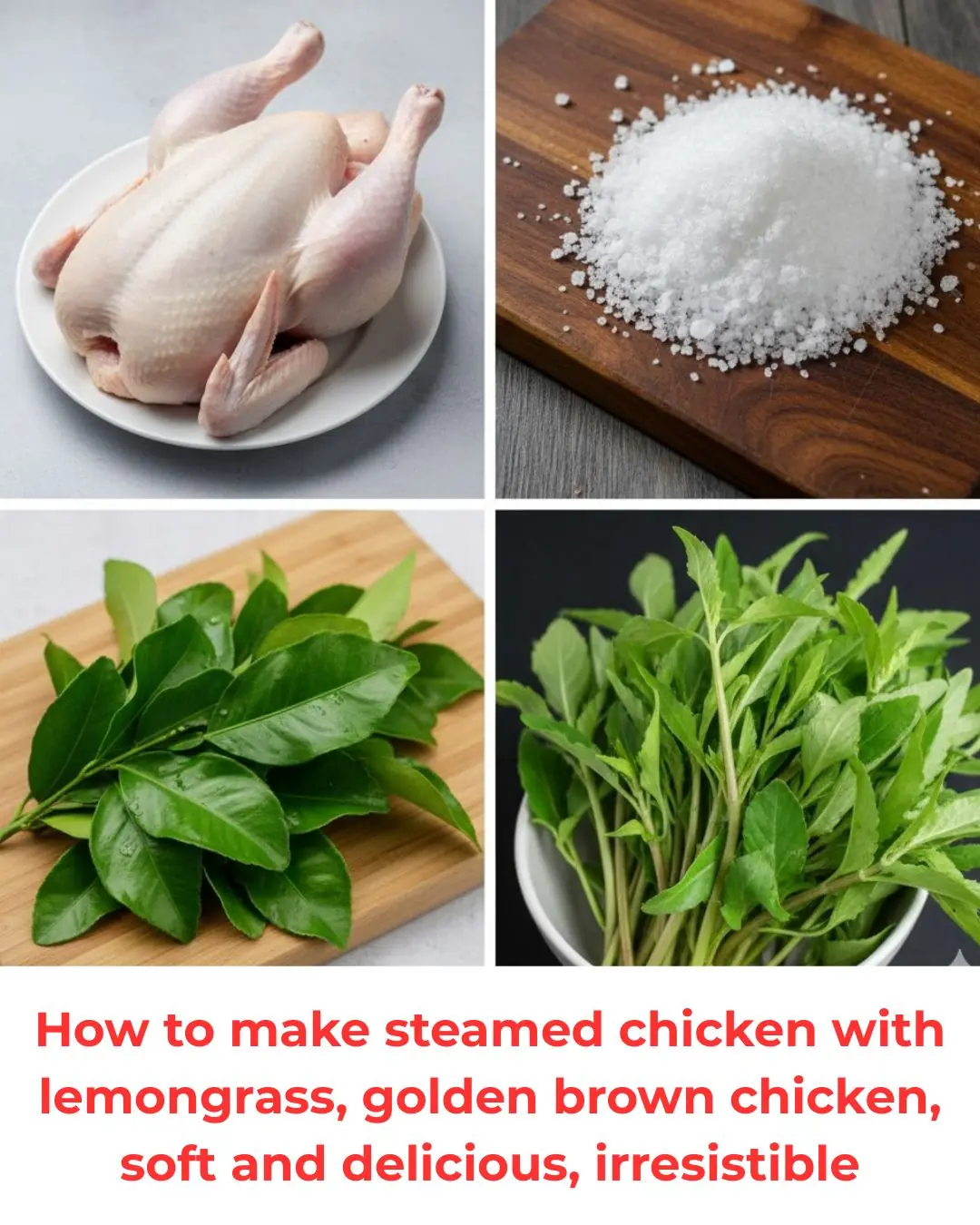
How to make steamed chicken with lemongrass, golden brown chicken, soft and delicious, irresistible
News Post

How to Use Garlic to Get Rid of Pests: Mice, Flies, Lice, Cockroaches, Lizards, Mosquitoes, and Kitchen Cockroaches

5 early warning signs of pancreatic cancer, according to survivors

Drink this to STOP joint pain naturally

Top 6 Neuropathy Remedies (Peripheral Neuropathy Home Remedies)

10 daily habits that are silently destroying your kidneys

Pineapple Mango Ginger Lemon Juice: Benefits, Nutrition & How to Make It

Saffron boosts mood and libido naturally
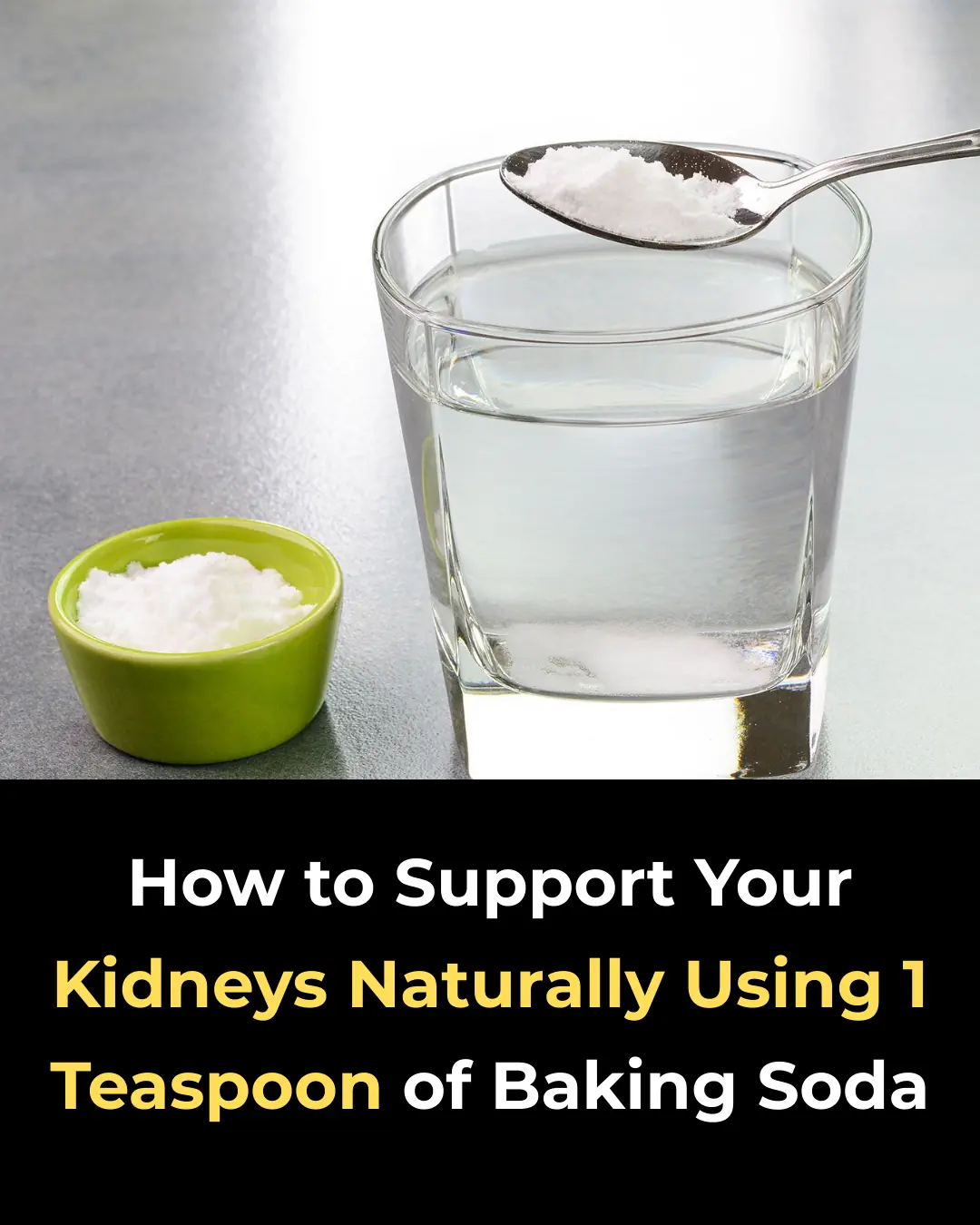
How to Support Your Kidneys Naturally Using 1 Teaspoon of Baking Soda

Can a Honey–Chia Drink Support Kidney Health? Benefits, Recipe & Daily Tips

Euphorbia Hirta (Asthma-Plant): Traditional Uses, Applications & Emerging Insights

Nails: What Do They Reveal About Your Health

The surprising power of 4 seeds to repair your nerves naturally

Don’t Throw Away Date Seeds – Here’s Why They’re So Powerful
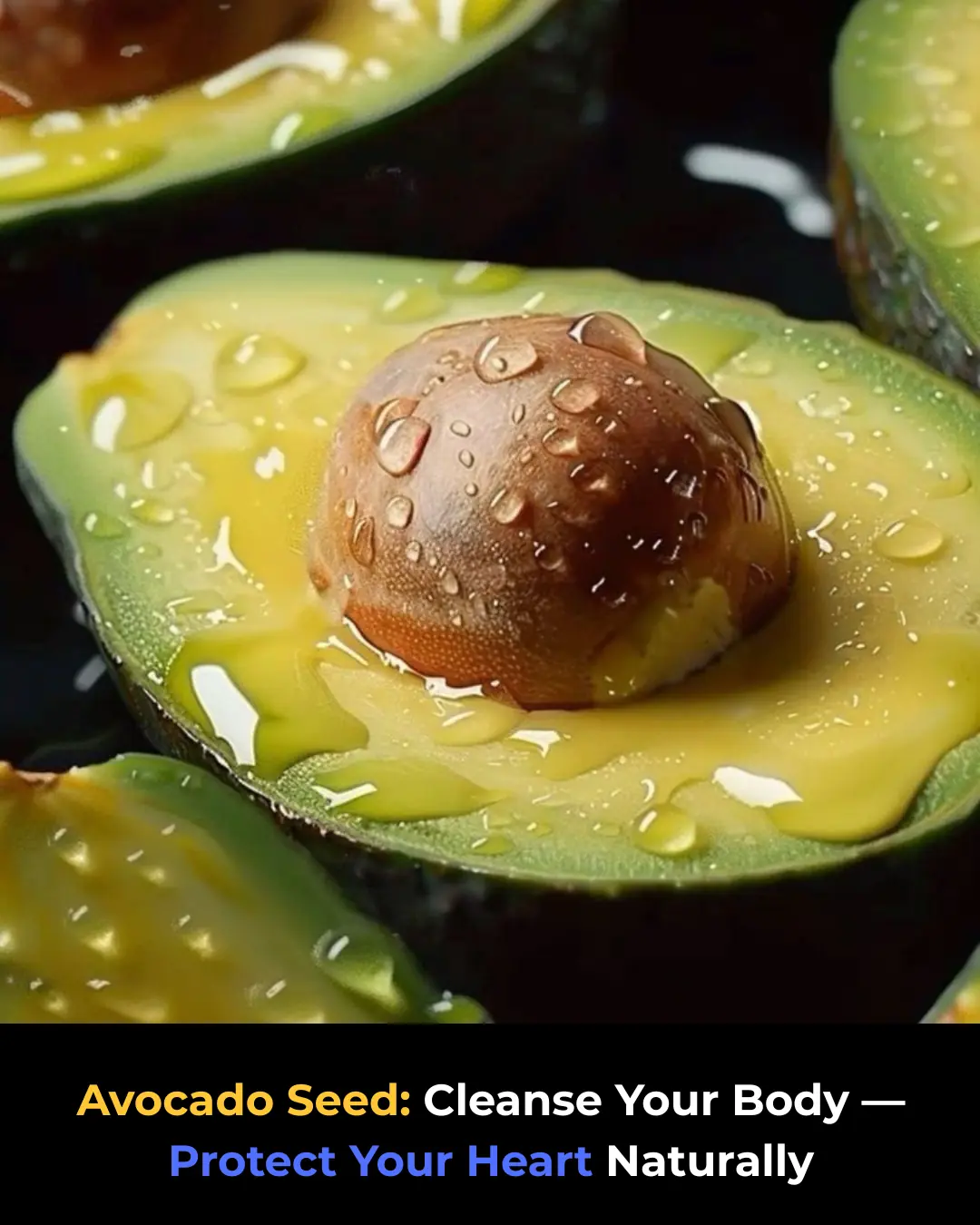
Avocado Seed: Cleanse Your Body and Strengthen Your Heart Naturally

Stop Shaving! Discover Natural & Long-Lasting Hair Removal for Face & Body

Why wood—not diamonds—is the universe’s rarest treasure

A Nearby Earth-Sized World Raising New Hopes for Habitability

How Finnish Forest Kindergartens Let Kids Thrive in Any Weather

Taiwan Researchers Develop Promising Hair-Regrowth Serum With Dramatic Lab Result
